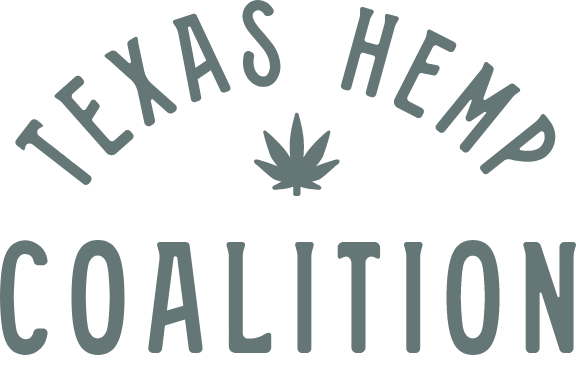USDA Publishes Final Rules for Hemp Production
The final rule regulating the production of hemp in the United States was announced by the United States Department of Agriculture.
As stated from the USDA Hemp Production page, Key provisions of the final rule include:
Negligent violation – producers must dispose of plants that exceed the acceptable hemp THC level. However, if the plant tests at or below the negligent threshold stated in the rule, producer will not have committed a negligent violation. The final rule raises the negligence threshold from .5 percent to 1 percent and limits the maximum number of negligent violations that a producer can receive in a growing season (calendar year) to one.
Disposal and remediation of non-compliant plants – the final rule allows for alternative disposal methods for non-compliant plants that do not require using a DEA reverse distributor or law enforcement and expands the disposal and remediation measures available to producers. AMS will provide acceptable remediation techniques in a separate guidance document.
Testing using DEA-registered laboratories – there are an insufficient number of DEA-registered laboratories to test all the anticipated hemp that will be produced in 2020 and possibly 2021. DEA has agreed to extend the enforcement flexibility allowing non-DEA registered labs to test hemp until January 1, 2022 and is processing lab registration applications quickly to get more labs testing hemp DEA-registered.
Timing of sample collection – the IFR stated a 15-day window to collect samples before harvest. The FR extends this requirement to 30 days before harvest.
Sampling method – stakeholders requested that samples may be taken from a greater part of the plant or the entire plant. They also requested sampling from a smaller number of plants. The FR allow states and tribes to adopt a performance-based approach to sampling in their plans. The plan must be submitted to USDA for approval. It may take into consideration state seed certification programs, history of producer compliance and other factors determined by the State or Tribe.
Extent of Tribal Regulatory Authority over the Territory of the Indian Tribe – the IFR did not specifically address whether a tribe with an approved USDA plan could exercise primary regulatory authority over the production of hemp across all its territory or only lands over which it has inherent jurisdiction. The final rule provides that a tribe may exercise jurisdiction and therefore regulatory authority over the production of hemp throughout its territory regardless of the extent of its inherent regulatory authority.
More information see the Hemp Production web page on the Agricultural Marketing Service (AMS) website.
About the Texas Hemp Coalition
The Texas Hemp Coalition’s goal is to provide industry specific information to growers, processors and entities that will be involved in the Texas Hemp Industry. We will serve as an advocacy, educational and networking liaison to reputable entities within the hemp industry.
